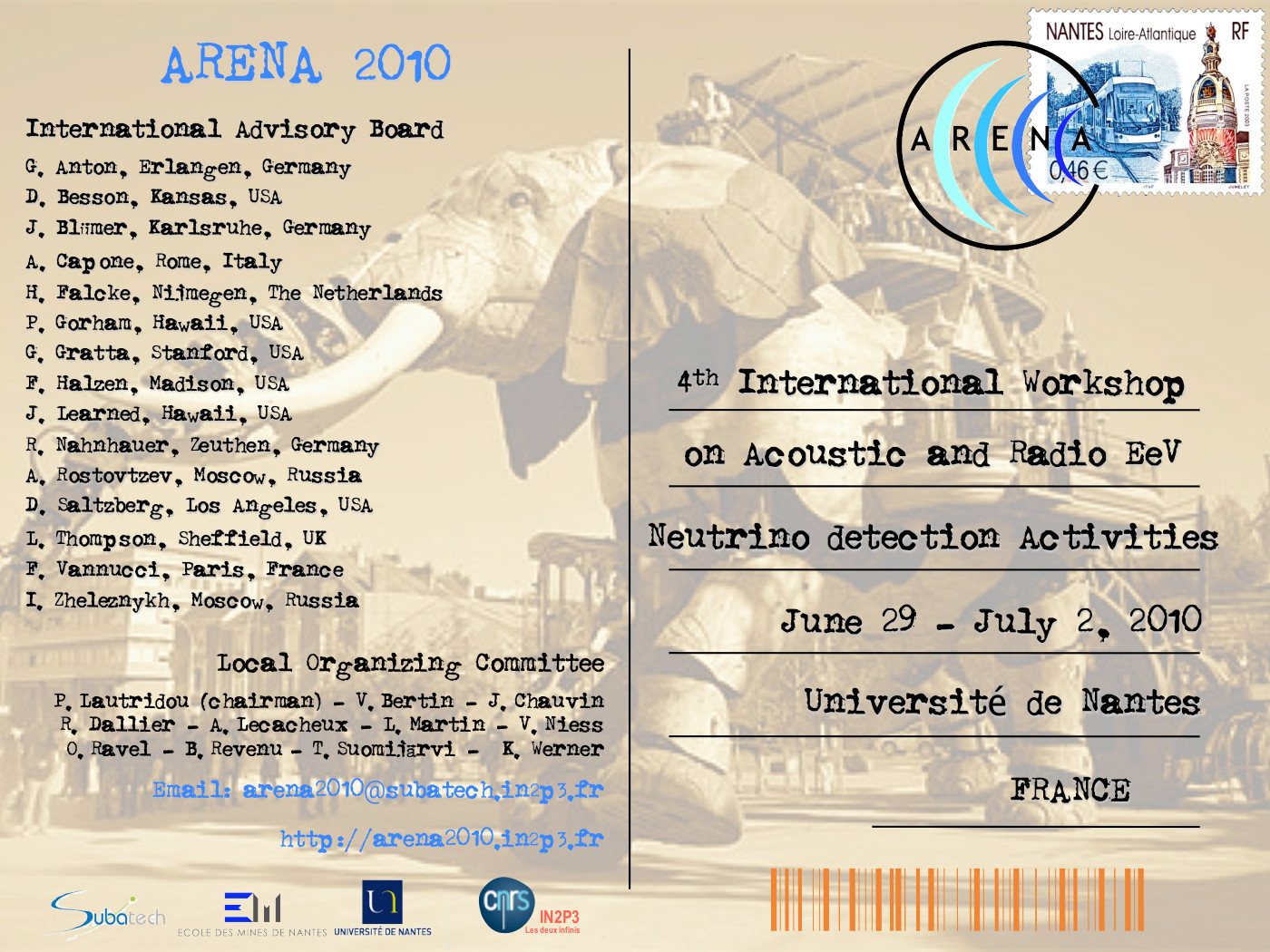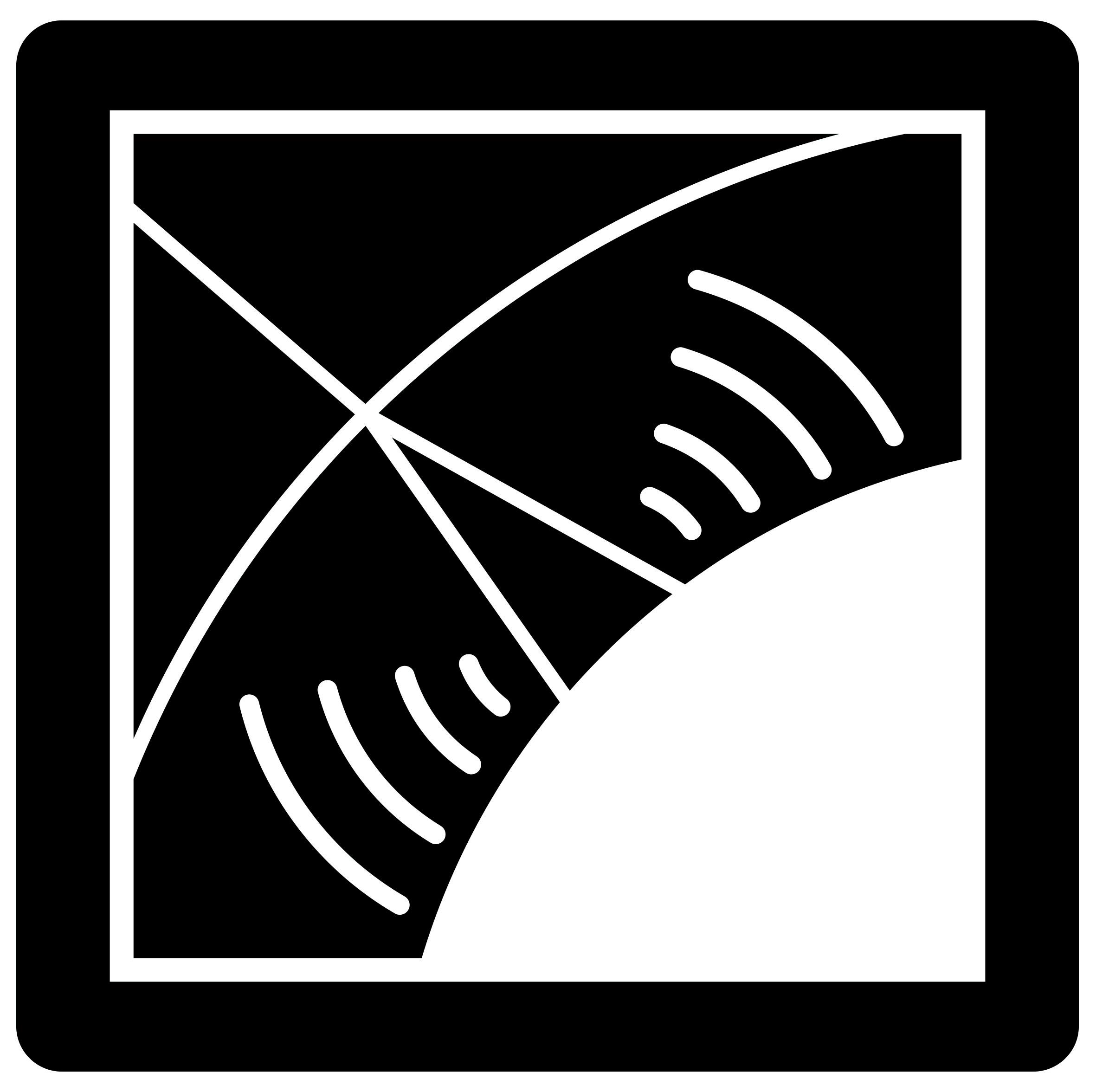Antony Escudie defended his thesis on the 27th of September 2019 on the following subject : From the observation of UHECR radio signal in [1-200] MHz to the composition with the CODALEMA and EXTASIS experiments. Antony was the principal investigator of the EXTASIS project and his work covers both the instrumental and scientific developments. A large fraction of his thesis was dedicated to the analysis of the CODALEMA data. The summary of his document is the following :
Our contributions to the 36th International Cosmic Ray Conference, Madison, WI, U.S.A. (July 24th - August 1st, 2019).
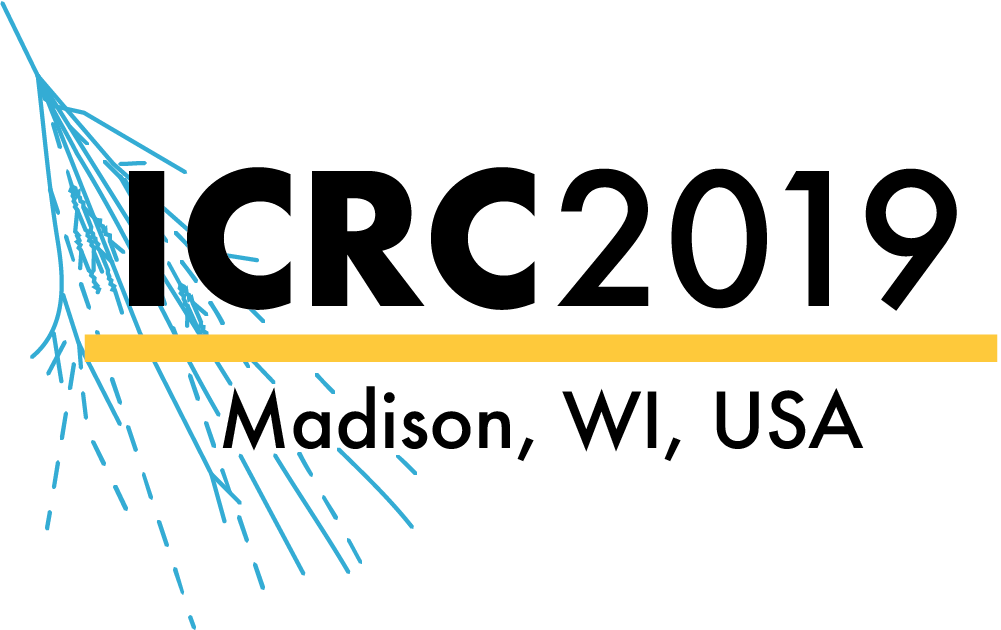
Our contributions at the Journées Scientifiques of the Union Radio-Scientifique Internationale - Approcher les deux infinis par les ondes électromagnétiques (URSI-fr 2019), Observatoire de Versailles, Saint-Quentin en Yvelines, France (26-27 March, 2019)
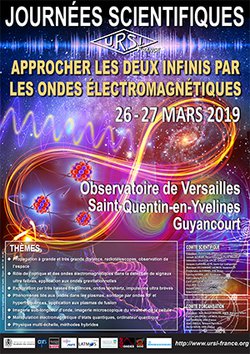
Our contributions at Ultra High Energy Cosmic Rays 2018 (UHECR 2018), Paris, France (08-12 October)

Our contributions at the TeV Particle Astrophysics conference (TeVPA 2018), Berlin, Germany (27–31 August)
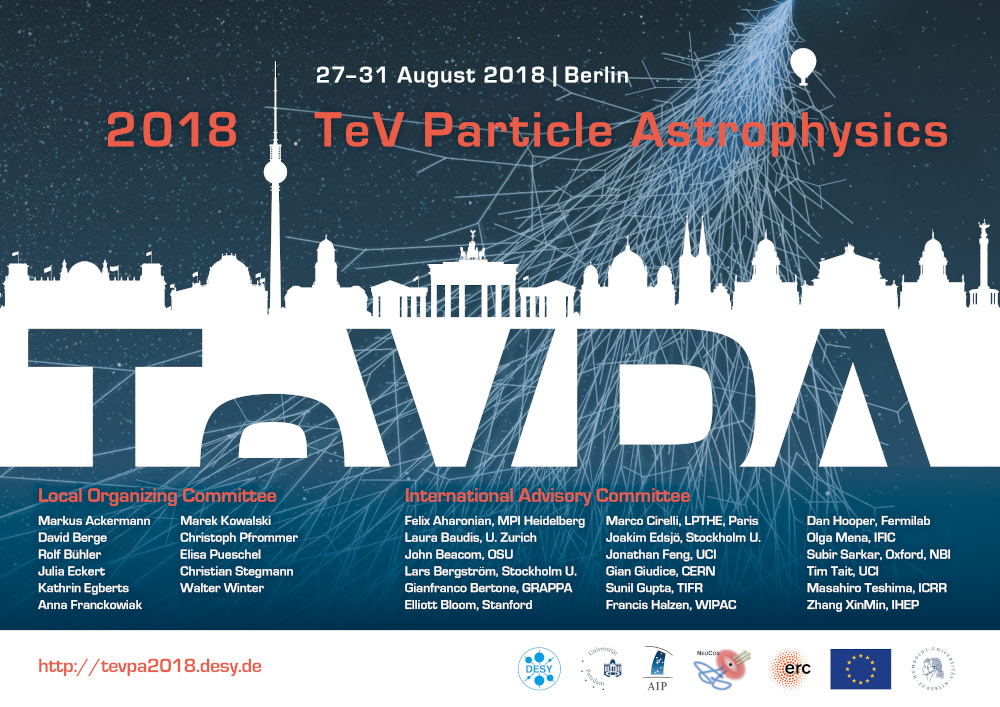
Our contributions at the Workshop of the French cosmic ray research community (CFRCos)PARIS, France (26 - 28 March 2018)

Our contributions to the 35th International Cosmic Ray Conference, BUSAN, KOREA (July 12th - 20th, 2017).
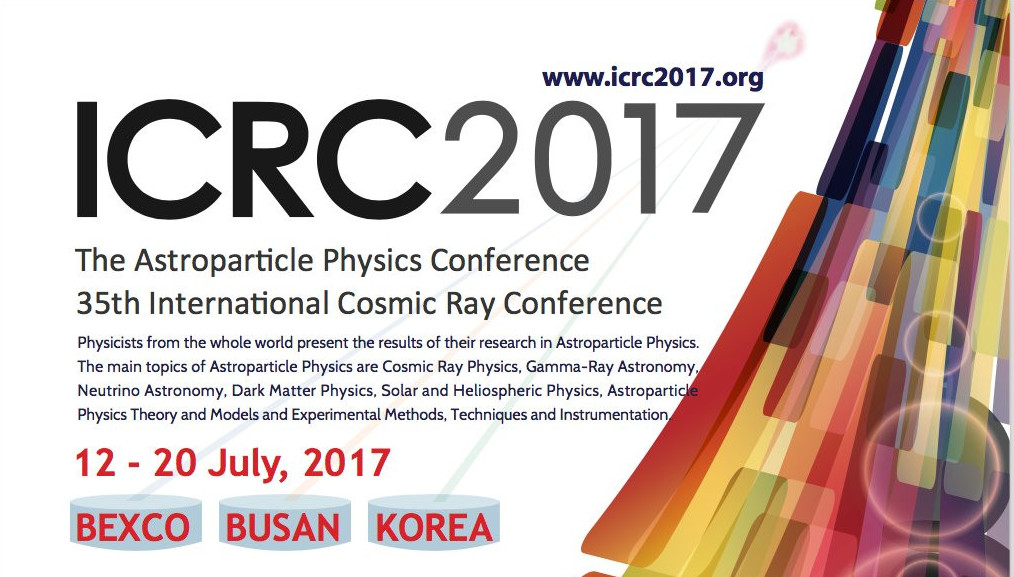
Florian Gaté defended his thesis on 2016, October, 10th on the Estimation of the composition of cosmic rays using the radio signal. His thesis is mostly dedicated to the analysis of the AERA data but the analysis he developed has been done within the CODALEMA research group and has been successfully adapted and used on CODALEMA data. The summary of his document is the following :
More than a century after their discovery, cosmic-rays are still puzzling physicists.
Our contributions at the 7th International Workshop on Acoustic and Radio EeV Neutrino detection Activities, Groningen, The Netherlands (June 7th - 10th 2016)

Our contributions to the 34th International Cosmic Ray Conference, The Hague, The Netherlands (30 July- 6 August, 2015).

Our contributions to the RadioNet Meeting: Towards the radio-detection of cosmic particles with the SKA, Jodrell bank, Manchester, England (5-7 May, 2015).
Our contributions at the 6th International Workshop on Acoustic and Radio EeV Neutrino detection Activities, Annapolis, U.S.A. (June 9th - 12th 2014)
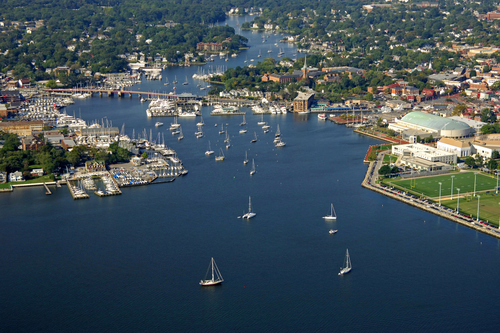
Our contributions at the SF2A Semaine de l’Astrophysique Française, Paris, France (03-06 June, 2014)

Diego Torres Machado defended his thesis on the 31th of October 2013 on the Radio detection of ultra high energy cosmic rays : commissioning and data analysis of an array of autonomous stations. He has been one of the major contributor of the first phase of deployment of the CODALEMA self-triggering autonomous stations in 2011. His thesis is mostly dedicated to the analysis of the data obtained with this large set of antennas.
Our contributions to the 33th International Cosmic Ray Conference, Rio de Janeiro, Brazil, (02-09 July, 2013).
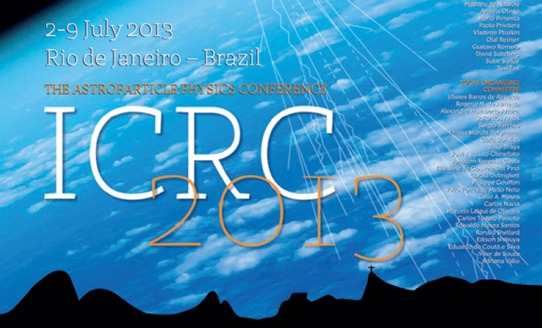
On the 28th of June 2013, Ahmed Rebai defended is thesis on the following subject: Study of the energy and the radio emission point of cosmic rays. His work was based on data collected by the Coda2 and the Coda3 configuration of the instruments. The summary of his document is the following :
The purpose of the CODALEMA experiment, installed at the Nançay Radio Observatory (France), is to study the radio-detection of ultra-high-energy cosmic rays.
Our contributions at the 4rd Roma International Conference on Astro-particle Physics, Roma, Italy (May 22th - 24th 2013)

Our contributions at the 5th International Workshop on Acoustic and Radio EeV Neutrino detection Activities, Erlangen, Germany (June 19th - 22th 2012)

Our contributions at the 23rd European Cosmic Ray Symposium and Russian Cosmic Ray Conference, Moscow, Russia, (2-6 June, 2012)

Vincent Marin defended his thesis on the 20th of December 2011 on this subject: Radio-detection of ultra-high energy cosmic rays. Analysis, simulation and interpretation. His work has been mainly dedicated to the development of the SELFAS simulation code. The summary of his document is the following :
Despite the use of giant detectors suitable for low flux beyond 1018 eV, the origin of ultra energy cosmic rays, remains unclear. In the 60’, the radio-detection of air shower is proposed as a complementary technique to the ground particle detection and to the fluorescence method.
Our contributions to the 32th International Cosmic Ray Conference, Beijing, China, (August 11 to August 18, 2011).
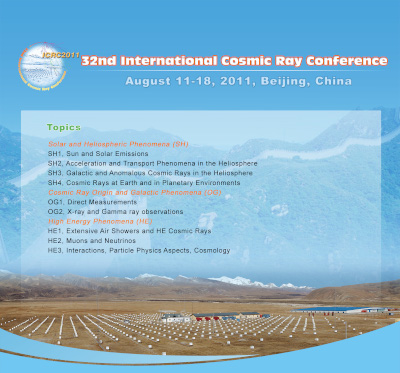
Our contributions at the 3rd Roma International Conference on Astro-particle Physics, Roma, Italy (May 25th - 27th 2011)

Our contributions at the 4th International Workshop on Acoustic and Radio EeV Neutrino detection Activities, Nantes, France (June 29th - July 2nd 2010)
